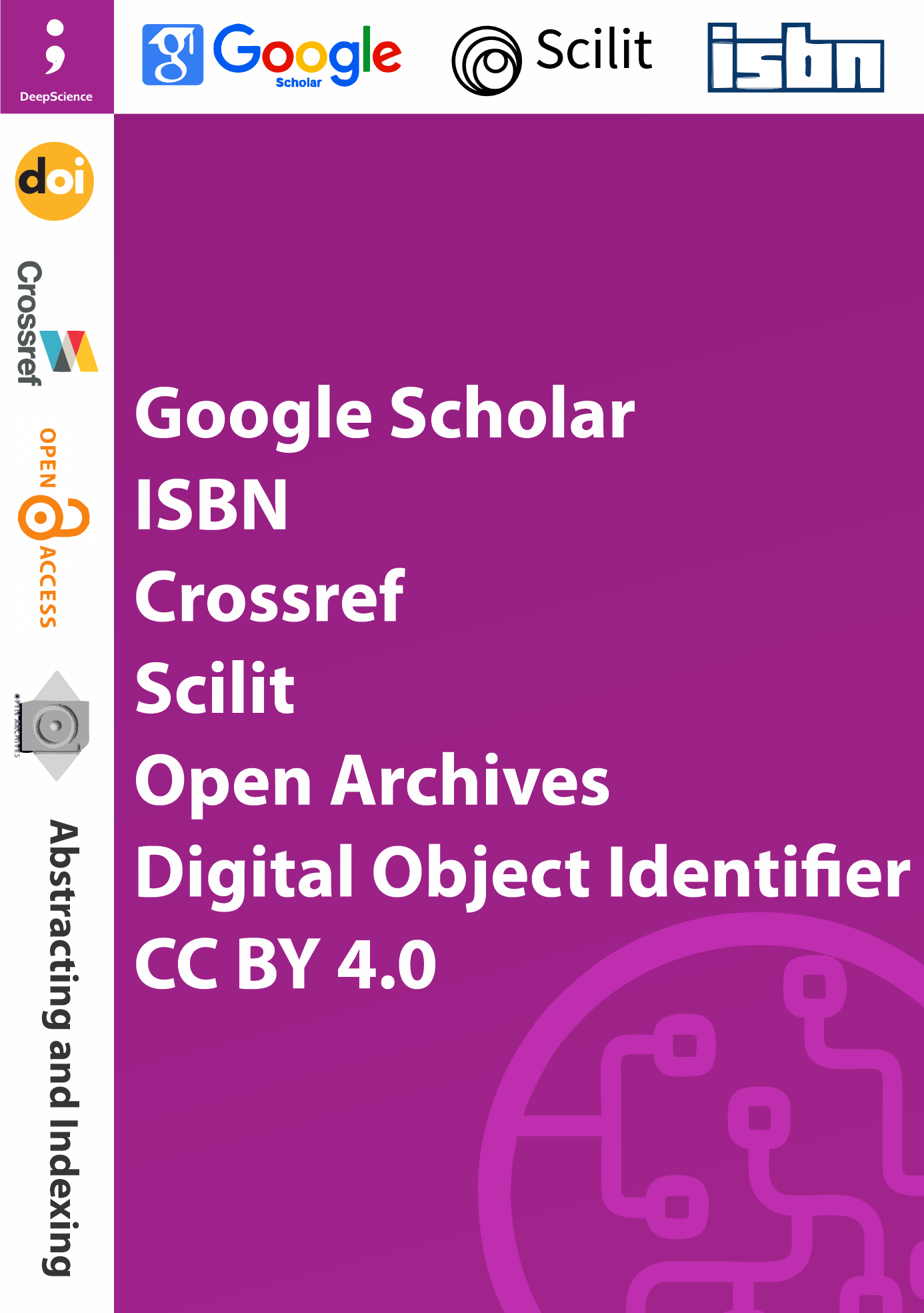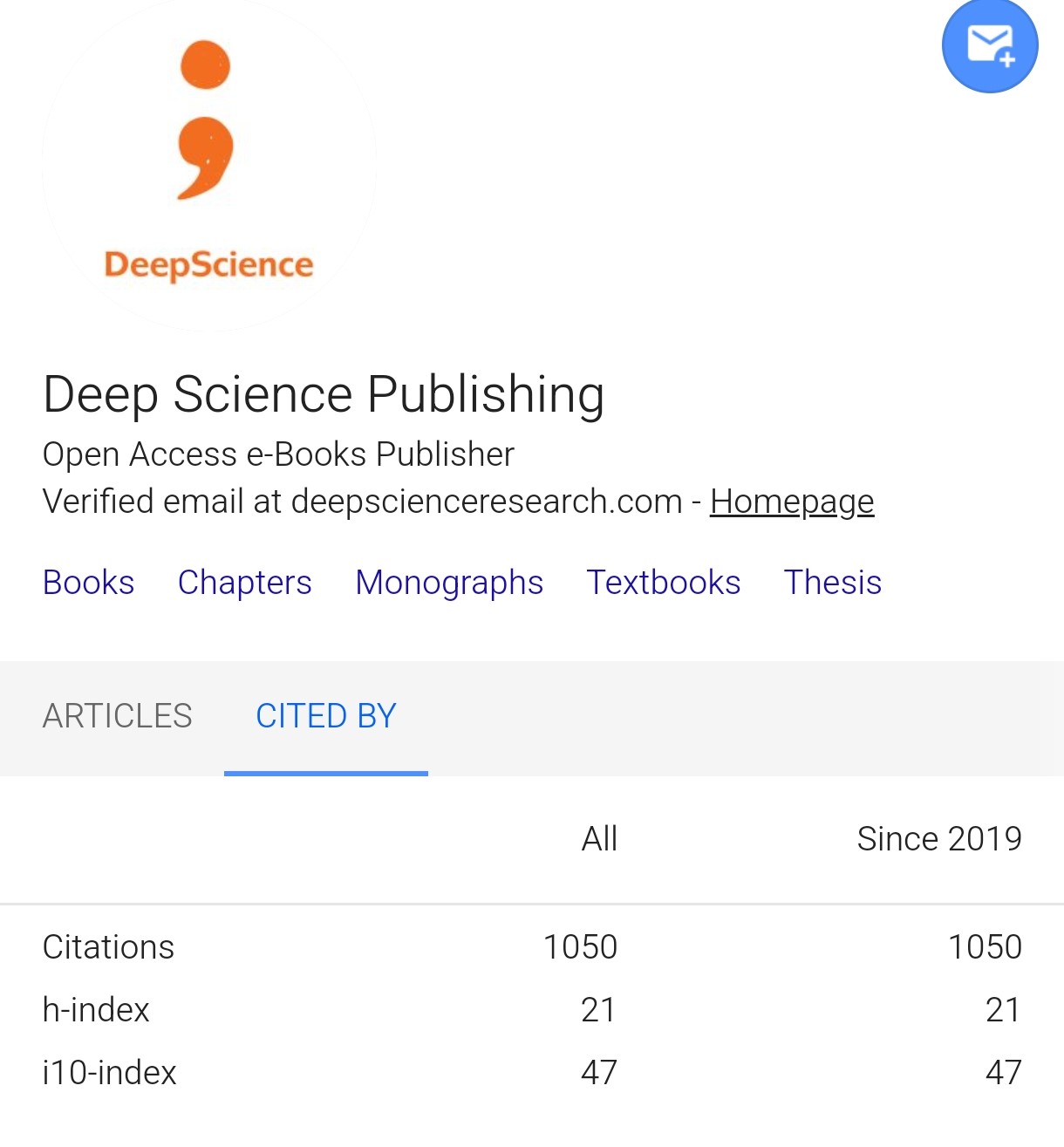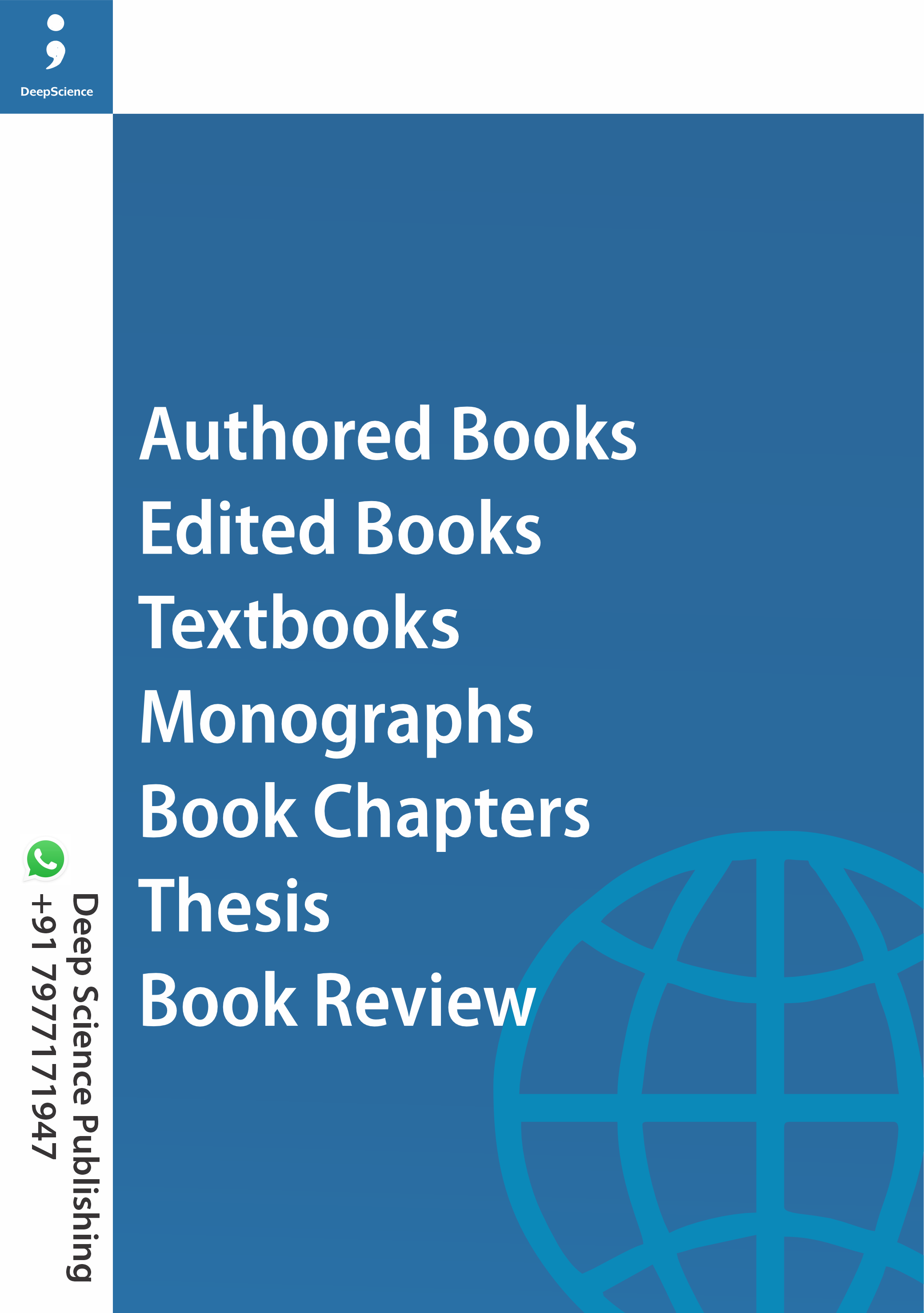Pterocarpus santalinus L. - A plant with Radioprotective Efficacy
Keywords:
Radioprotective Agents, Pterocarpus santalinus, Natural Products, Ionizing Radiation, Free Radical Scavengers, Oxidative Stress, DNA DamageSynopsis
In the modern advanced era of living, humans are being exposed to different kinds of radiations knowingly or unknowingly. This book presents a comprehensive description about radioprotective efficacy of Pterocarpus santalinus, commonly known as Red Sandalwood. It is an endemic plant species found in Seshachalam hill ranges of Eastern Ghats. A detailed review of existing radio protectants, both synthetic and natural agents. The book presents a detailed description of major phytochemicals present in the plant extracts, provides experimental research data using in vitro cell culture studies, mice models and advanced molecular docking techniques with clear tables and diagrams. This book also provides mechanistic insights into how Pterocarpus phytoconstituents may ameliorate the adverse effects of ionizing radiation. The data provided in the book fosters natural product based radio protective drug development, strengthens integrative therapeutic approaches and may serve as a valuable reference for researchers, scientists and clinicians engaged in radiation safety and herbal medicine development.
References
A. M., Ghedira, K., Dijoux-Franca, M. G., Chekir-Ghedira, L. (2008). In vitro antioxidant and antigenotoxic potentials of myricetin-3-o-galactoside and myricetin-3-o-rhamnoside from Myrtus communis: modulation of expression of genes involved in cell defence system using cDNA microarray. Toxicol. In Vitro, 22, 567–581.
Abernathy, L. M., Fountain, M. D., Rothstein, S. E., David, J. M., Yunker, C. K., Rakowski, J., Lonardo, F., Joiner, M. C., & Hillman, G. G. (2015). Soy isoflavones promote radioprotection of normal lung tissue by inhibition of radiation-induced activation of macrophages and neutrophils. J. Thorac. Oncol, 10(12), 1703–1712.
Agarwal, S. S., & Singh, V. K. (1999). Immunomodulators: a review of studies on Indian medicinal plants and synthetic peptides. Part I: medicinal plants. Proc Indian Natl Sci Acad, 65, 179-204.
Agu, P C et al. “Molecular docking as a tool for the discovery of molecular targets of nutraceuticals in diseases management.” Scientific reports vol. 13,1 13398. 17 Aug. 2023, doi:10.1038/s41598-023-40160-2
Ahmed, L. A., Shehata, N. I., Abdelkader, N. F., & Khattab, M. M. (2014). Tempol, a Superoxide Dismutase Mimetic Agent, Ameliorates Cisplatin-Induced Nephrotoxicity through Alleviation of Mitochondrial Dysfunction in Mice. PLOS ONE, 9(10), e108889.
Ahmet Cumaoglu, Nuray Ari, Murat Kartal, & Cimen Karasu. (2011). Polyphenolic Extracts from Olea europea L. Protect Against Cytokine-Induced b-Cell Damage Through Maintenance of Redox Homeostasis. Rejuvenation Research, 14(3).
Ainsworth, E. A., & Gillespie, K. M. (2007). Estimation of total phenolic content and other oxidation substrates in plant tissues using Folin-Ciocalteu reagent. Nature protocols, 2(4), 875–877.
Akber, Syed. (2013). Oxygen in S phase of a cell cycle. Journal of Radiotherapy in Practice. 12. 360-362.
Alagesan, V., Ramalingam, S., Kim, M., & Venugopal, S. (2019). Antioxidant activity guided isolation of a coumarin compound from Ipomoea pes-caprea (Convolvulaceae) leaves acetone extract and its biological and molecular docking studies, Eur. J. Integr. Med., 32, 100984.
Alam, J., Stewart, D., Touchard, C., Boinapally, S., Choi, A. M., Cook, J. L. (1999). Nrf2, a Cap’n’Collar transcription factor, regulates induction of the heme oxygenase-1 gene. J. Biol. Chem., 274(37), 26071–8.
Al-Salahi, R., Taie, H. A. A., Bakheit, A. H., Marzouk, M., Almehizia, A. A., Herqash, R., & Abuelizz, H. A. (2019). Antioxidant activities and molecular docking of 2-thioxobenzo[g]quinazoline derivatives, Pharmacol. Rep., 71(4), 695-700.
Andreassen, C. N., Grau, C., & Lindegaard, J. C. (2003). Chemical radioprotection: a critical review of amifostine as a cytoprotector in radiotherapy. Semin Radiat Oncol, 13 (1), 62-72.
Archana, P. R., Nageshwar Rao, B., & Satish Rao, B. S. (2011). Modulation of gamma ray-induced genotoxic effect by thymol, a monoterpene phenol derivative of cymene. Integr. Cancer. Ther, 10, 374- 383.
Arora Rajesh & Gupta, Damodar & Chawla, Raman & Sagar, Ravinder & Sharma, Ashok & Kumar, Raj & Prasad, Jagdish & Singh, Surinder & Samanta, Namita & Sharma, Rakesh. (2005). Radioprotection by plant products: Present status and Future prospects. Phytotherapy research, PTR., 19. 1-22.
Arroyo-Hernández, M., Maldonado, F., Lozano-Ruiz, F. et al. Radiation-induced lung injury: current evidence. BMC Pulm Med 21, 9 (2021). https://doi.org/10.1186/s12890-020-01376-4.
Aslan, M., Cort, A., & Yucel, I. (2008). Oxidative and nitrative stress markers in glaucoma. Free Radical Biology and Medicine, 45 (4), 367–376.
Atkinson, J. & Epand, R. F., & Epand, R. (2008). Tocopherols and tocotrienols in membranes: A critical review. Free radical biology & medicine. 44 (5), 739- 64.
Attia, S. M., Ahmad, S. F., Harisa, G. I., Mansour, A. M., El Sayed el, S. M., Bakheet,
Avorn, J. (2001). Learning about the safety of drugs--a half-century of evolution. N Engl J Med, 365 (23), 2151-3.
Azimian, H., Bahreyni-Toossi, M. T., Rezaei, A. R., Rafatpanah, H., Hamzehloei, T., & Fardid, R. (2015). Up-regulation of Bcl-2 expression in cultured human lymphocytes after exposure to low doses of gamma radiation. Journal of medical physics, 40(1), 38–44.
Azzam, E. I., Jay-Gerin, J. P., & Pain, D. (2012). Ionizing radiation-induced metabolic oxidative stress and prolonged cell injury. Cancer letters, 327 (1-2), 48–60.
Babar, S., Amarnath, G., Reddy, C. S., Jentsch, A., & Sudhakar, S. (2002). Species distribution models: ecological explanation and prediction of an endemic and endangered plant species (Pterocarpus santalinus L.f.). Forest Remote Sensing, Biodiversity and Climate, 102 (8).













